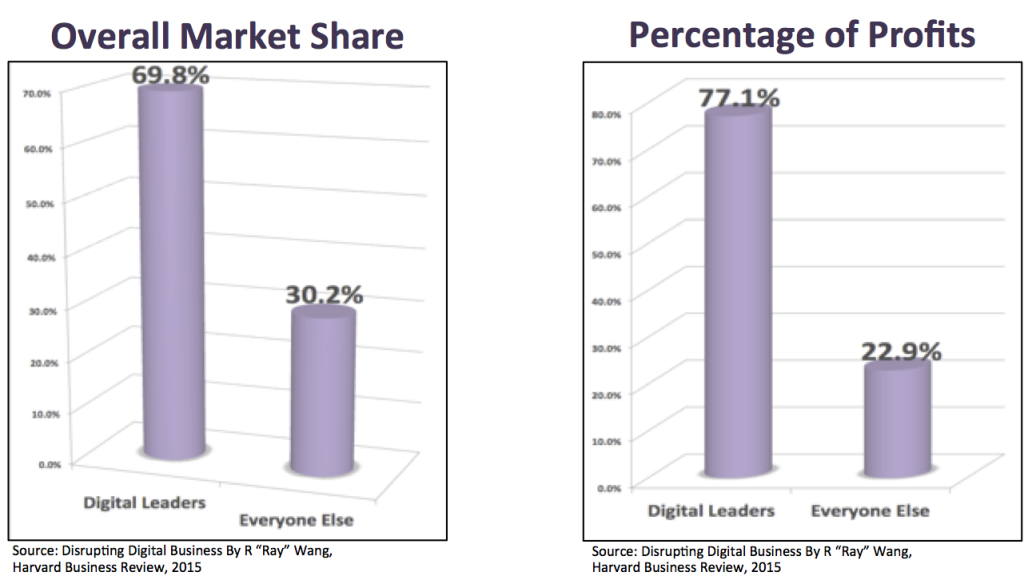In my latest report, Experience Management: How to Deliver Integrated Customer Experiences, I researched the key elements required for superb experience management in the digital business era. Use document as a resource for planning. Distribute this report to, both, business and technical teams to ensure your organization delivers on your brand’s promise. The concepts covered in this report regarding how to deliver integrated customer experiences will only grow in importance as the shift to digital and mobile transforms how brands engage prospects and customers. For many organizations, customer experience management will prove crucial to the success of their overall customer engagement strategy.
Download an excerpt of Experience Management: How to Deliver Integrated Customer Experiences
There are many points along the customer experience journey where something could “fall through the cracks” and not meet expectations. Market leaders realize the future requires proactive digital enablement of the business to support the future strategy of their organizations. The challenges to driving integrated customer experience management include:
While are most brands are recognizing they need to provide superb, integrated experience management, challenges include the conceptualizing, creating, executing delivering this integrated experience, and in particular integrating the website, social, mobile and commerce experience and interactions. The perception that creating a superb customer experience is easy, is the downfall of most organizations.
While most leaders understand that they need to deliver on superb experience management, organizations often can not move fast enough for three reasons:
- Outdated systems and platforms that can not delivering on an integrated customer experience. Most brands, when they began CRM or their experience management strategy, did not anticipate the need to integrate the website with mobile and commerce. Often each of those disciplines were owned by different parts of the company and rarely did they speak, much less put their heads together to figure out how to deliver on an integrated approach. Thus, brands are left with legacy, point solutions that leave much to be desired.
- Technology platforms didn’t provide truly integrated. Frequently brands tried to bring point solutions together, often hiring system integrators and management consulting firms to integration those solutions. But unless a platform is built with it’s very core centered on driving more than the old CRM (transactional customer relationship management), hundreds or millions of dollars or more were spent trying to piece technology together, only to result in thwarted attempts to create experience management across channels like web, mobile and commerce.
- Organizations lack leadership and governance for experience management success. Excellence in experience management requires a cross-functional team strategy, but because companies have functioned in silos, this is more the exception than the rule. Along with a team and strategy, experience management requires budget decisions, often shared among various functional areas. Budget is never an easy topic, but experience management is pushing organizations to face these difficult conversations. New roles and expertise will also be required, with skill sets that span more than one functional area.
MY POV: The solution is to formalizing an interdepartmental, multi-functional department collaboration using strategy, technology and best practices for customer experience management. As brands realize experience management is key to their overall strategy and long-term growth, Constellation Research recommends considering the following to deliver an integrated web, mobile, social, email and commerce experience:
- Decide Who Will Lead The Experience Management Strategy: A Competitive Advantage
- Choose Multi-disciplinary Skill Sets for Chief Experience Management Officer
- Evaluate Experience Management Technology and Integration
- Consider an integrated, interconnected technology platform
- Strive for unity among channel connectivity
- Use predictive insights to deliver real-time, optimized responses
- Evolve commerce with interaction and behavior pattern analytics by putting big data to work
Unfortunately, in almost every segment, Constellation estimates that the top three competitors control from 43 percent to 71 percent of market share and 53 percent to 77 percent of the profits. In the technology space, only 80 companies since 2000 have made the billionaire’s club in annual revenue. Meanwhile, intense competition, short-term shareholder and management thinking, and minimal investment hamper the pace of investment and innovation required by business leaders to survive today’s competitive landscape.
It’s time to get serious about customer experience, social and digital media.
Download an excerpt of Experience Management: How to Deliver Integrated Customer Experiences.

@drnatalie, VP and Principal Analyst, Constellation Research, Covering Marketing, Sales and Customer Service to Deliver Amazing Customer Experiences




